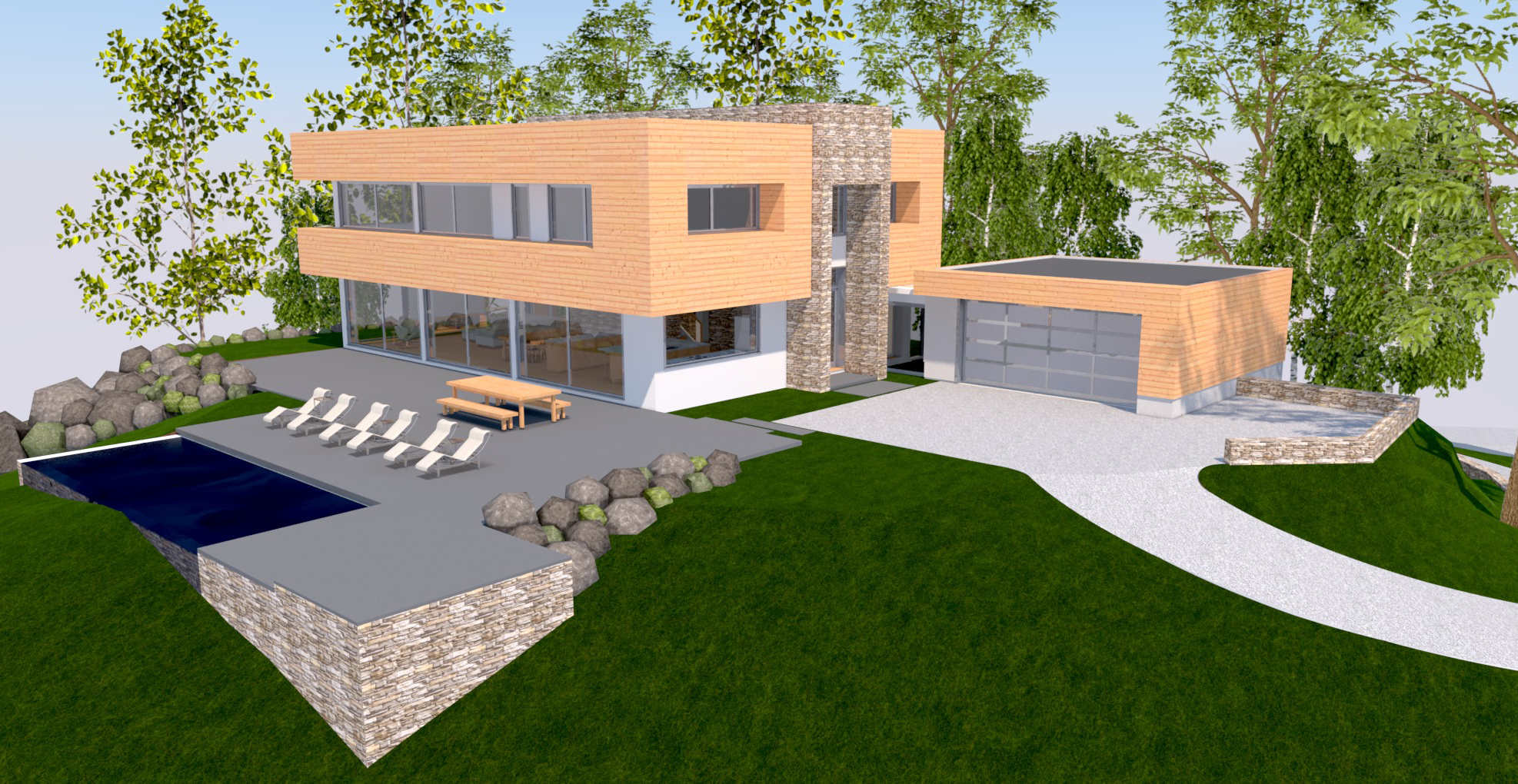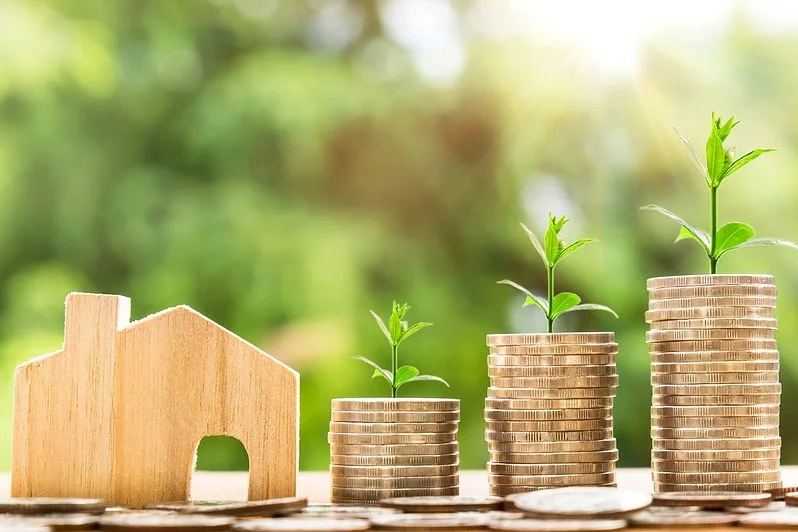Tech Talk: Details of a High-Quality Home
These articles discuss how to build a house that is durable, comfortable, and functional, with an emphasis on designing homes that are as energy efficient, healthy, and environmentally friendly as possible.
We're determined to design homes that are as practical, comfortable, energy efficient, and healthy to live in as possible based on the decisions outlined in this article.
Saving what we can of an existing home is perhaps the most 'green' thing we can do as architects and builders.
Snow on your roof (or the lack of snow) can say a lot about how your house loses heat
Get some insight on the types of siding materials we use in our designs, and see an example of a siding installation in progress.
the better you build and insulate your house walls, roof and foundation, the better windows you need to install. It all kind of goes hand in hand
The number one rule in creating an energy efficient building is 'first address the envelope', meaning make the outer shell of the house as tight and well insulated as possible.
We encourage the use of ceiling fans—specially in energy efficient houses because they make such an impact.
See the plans of one of our LEED certified homes, and compare the performance data from before and after the home's energy-efficiency upgrades.
This house is designed to be a passive solar house, in the old school way, where a bank of south-facing windows warms the house during the day, and thermal mass holds the heat and slowly releases it through the night.
























